
茶筅 chasen
Your Matcha Bamboo Whisk
120 prongs. A single piece of pure bamboo. The Answer to Excellent Matcha.
Chasens bridge the world of art to the everyday. While fundamentally a utensil, the beauty of the detail, material, and its shape make the whisk a treasure of tradition worthy to keep on display and enjoy.
From the artisan's craft to crafting your tea:
How chasens are made -
To make a chasen requires skill and meticulous finesse. There are six major steps in creating a chasen:
1) The chasen begins as a single piece of bamboo. The wood is peeled and cut into 16 equal parts (although this may vary depending on the type of chasen created) to make the whisk’s basic shape.
2) The parts are cut again into individual tines.
3) The artist will dip the tines in hot water. They are then shaved, ironed, and shaped.
4) The tines go through a second process of shaving, making the whisk more angular. The shape helps Matcha not stick to the whisk.
5) The tines are separated into inner and outer sections by threading each prong individually.
6) The height and space between tines are determined by inserting a bamboo spoon between the two sections.
7) The final chasen is then arranged into its iconic, beautiful shape.
How to Make Matcha with your chasen:
The purpose of a chasen whisk is to aerate your tea to create Matcha’s classic foam and froth. While there are multiple schools of thought in traditional tea ceremony, historically there are multiple types of chasens for different uses. For example, a chasen used for koicha might feature only 60 or 80 tines. A chasen intended for usucha would require more surface area to aerate the tea, so you might find them to be 100 to 120 tines. Mizuba chasens are normally 100-120 (you may still use them to make delicious koicha!).
If you're looking for an authentic matcha routine, here's how to establish a wonderful experience:
How To Care For Your Chasen Whisk:
- Do not store it in its original plastic container. Because bamboo is a natural material and retains moisture, chasens can occasionally be susceptible to slight molding. No need for concern – just be sure your whisk is able to air dry. We store our whisk standing upright on its base in mild environment.
- Should mold occur, place your chasen in boiling water.
How to Clean your Chasen (Bamboo) Matcha Whisk
- In everyday use, do not wash your chasen with soap. Simply run it under hot water and remove all visible signs of matcha.
- Pat your chasen dry.
- Many wonder if they need a "whisk holder / Chasen-tate." However, it is more accurately called, "whisk shaper" / kuse-naoshi to store chasen. Kuse-naoshi are more for shaping the chasen instead of actual storage and is more of a preference than actual necessity. In the Enshu chanoyu school, which we study here at Mizuba Tea, the kuse-naoshi are only for re-shaping the whisk into form and not for storage. We store our whisks standing upright on its base.
- You can still use your chasen even if there is a crack in the handle! You may find your chasen whisk has developed a fissure in the handle at some point. Bamboo as a material is prone to expand and contract depending on the climate of where it's stored, and the fluctuations in humidity can cause cracks to develop. As long as the tines are still intact, you may still use your chasen.
- You'll want to replace your chasen when the tips of the prongs have broken off or become dull.


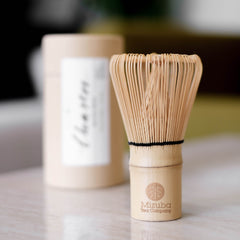
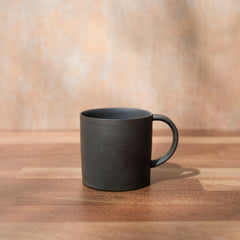
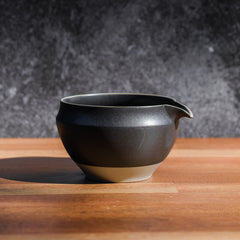
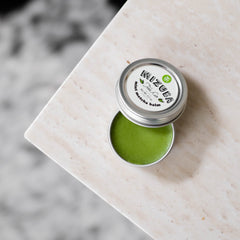
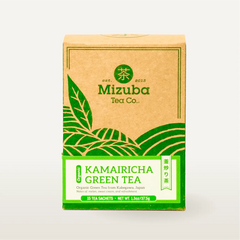
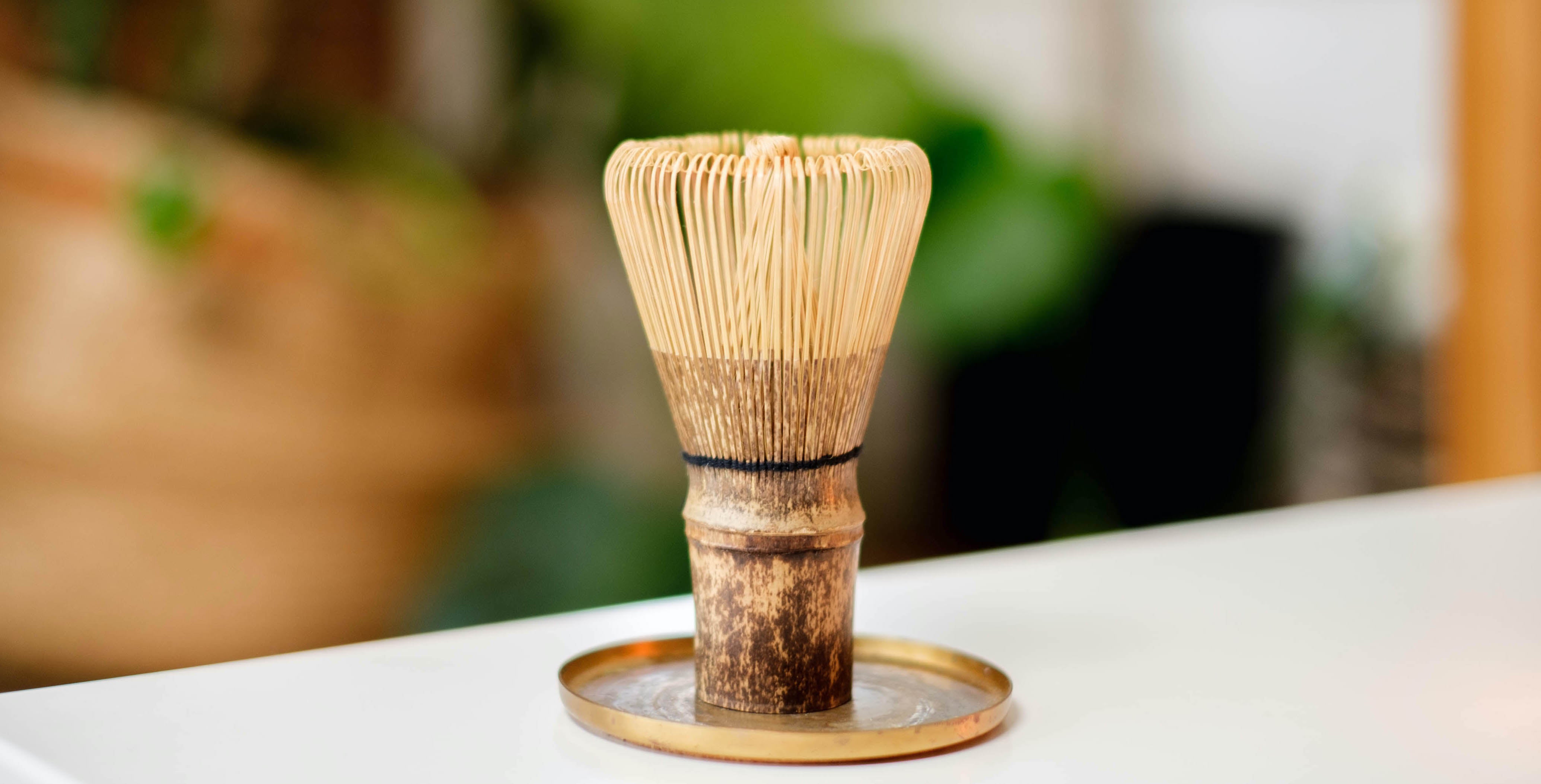
Leave a comment